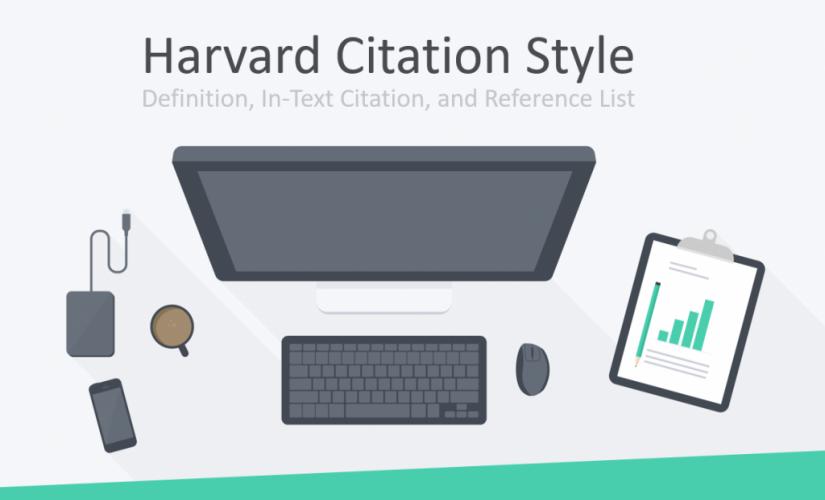Many institutions in the United Kingdom rely on the Harvard referencing technique for styling academic papers. Basically, the significance of the Harvard citation style is inherent in its primary features. Also, people need to know the main rules to follow the writing format. In this case, the author-date in-text citation format and the reference list that are the fundamental features of the Harvard writing style.
Definition of the Harvard Citation Style
The Harvard reference system is a mode of source documentation employed in academic writing. For instance, this documentation style prioritizes the surname of a source’s author and the date of publication. In this case, citation and references in the Harvard style cover the recognition of the author and specific year of publication. Also, it ensures that people avoid plagiarism during the preparation of an academic paper. Then, there are multiple variations of the Harvard citation style where minor aspects of the style are modified to suit institutional preferences, for example, capitalization and italicization practices. In turn, Harvard referencing does not have a single manual. However, all forms conform to the author-date citation concept. Besides, an institution or publisher outlines the preferred Harvard style for internal consistency in the styling of academic works.

Parenthetical In-Text Citations
Parenthetical in-text citations are a core aspect of the Harvard citation style. For instance, an in-text citation comprises of the author’s name, date of publication, and a specific locator. Basically, all paraphrased, summarised, or quoted material is accompanied by a parenthetical in-text citation. Also, the provision of a specific locator is mandatory for direct quotations. However, the author may include a locator in all in-text citations for the reader’s convenience. Then, an ampersand precedes the last name in a parenthetical in-text citation that has two or three authors. In turn, people use the word “and” in cases where the names of the authors are part of the statement due to the traditional grammar guidelines. Moreover, in-text citations for sources with three or more authors only state the name of the first author. On the other hand, people use the Latin abbreviation “et al.” to represent the remaining authors.
Harvard Reference List
People provide a list of the sources mentioned in the text on a separate page at the end of the essay. For example, the reference list entries contain detailed publication information, such as a complete list of authors’ names, the title of the source, name of the publisher, and a uniform resource locator. Basically, these pieces of information assist the audience in locating the source. In turn, there is minimal usage of periods in the reference list entries. As a result, the general formats of common sources by considering the Harvard style guide are:
Book:
Author, AA Year, Title of the book, Publisher’s Name, Location. Journal article: Author, AA & Author, AA Year, ‘Title of the article,’ Title of the Journal, volume, number, page range.
Webpage:
Author, AA Year, Title of the webpage. Available from: <uniform resource locator>. [Access date].
Summing Up on Harvard Citation Style
The Harvard citation style manifests in the form of an in-text citation and a corresponding reference list entry. Basically, an author’s surname and the date of publication are compulsory elements of an in-text citation. In this case, the exclusion of the author’s names is an attempt to moderate the length of in-text citations. Also, the parenthetical in-text citation enables writers to maintain academic integrity. In turn, the different types of source materials have unique reference list citation formats.


